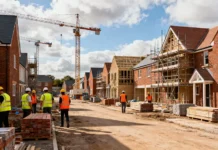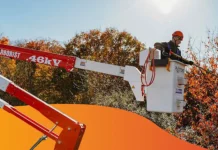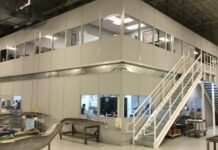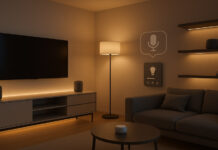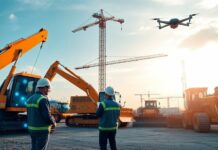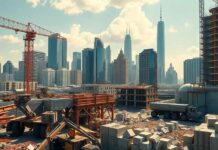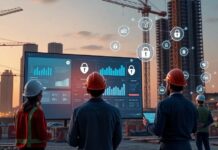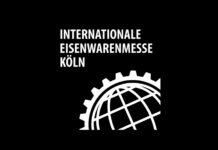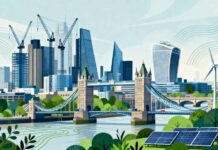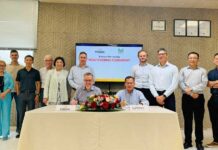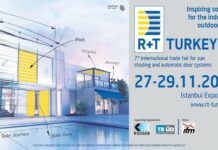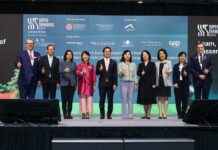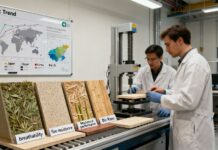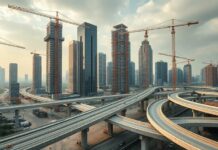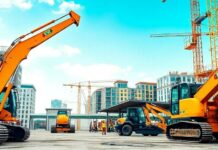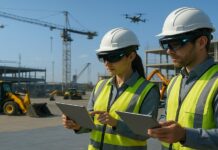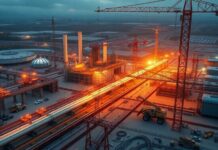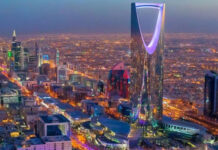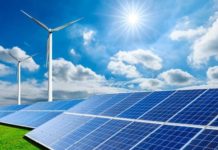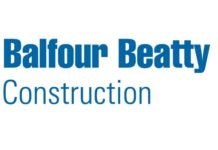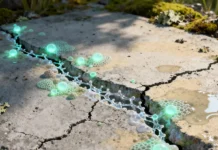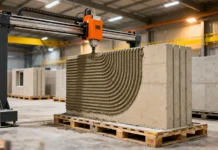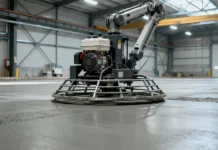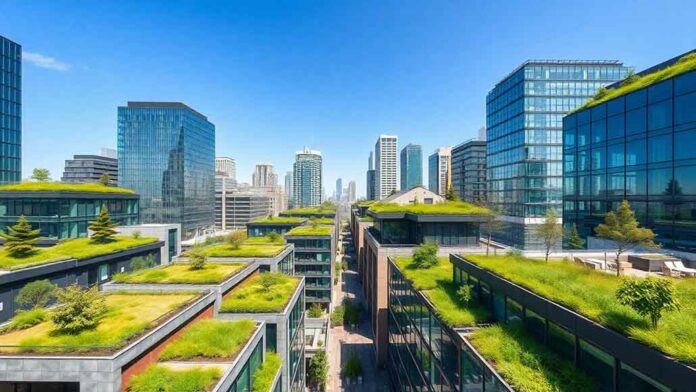In recent years, the architectural landscape has undergone a significant transformation driven by sustainability and environmental responsibility. Among the various innovative solutions, green roofing has emerged as a cornerstone of modern architecture. This eco-friendly approach not only enhances building aesthetics but also offers substantial environmental, economic, and social benefits. As cities grapple with increased urban heat, pollution, and energy consumption, green roofs stand out as an effective strategy for creating resilient, sustainable urban environments.
Understanding Green Roofing: An Overview
Green roofing, also known as vegetative or eco-roofing, involves installing a layer of vegetation on top of a waterproof membrane of a building’s roof. The layered system usually consists of a root barrier, drainage system, filter fabric, and growing medium, which collectively help the plants to grow while maintaining the structural integrity of the building.
As opposed to conventional rooftops, green roofs establish a living environment that is in continuous dialogue with the urban system. The design can be from an extensive green roof with a shallow layer of soil with drought-resistant plants to an intensive green roof. These roofs can support multiple plantings such as shrubs and small trees, creating rooftop gardens.
Role of Green Roofing in Modern Architecture
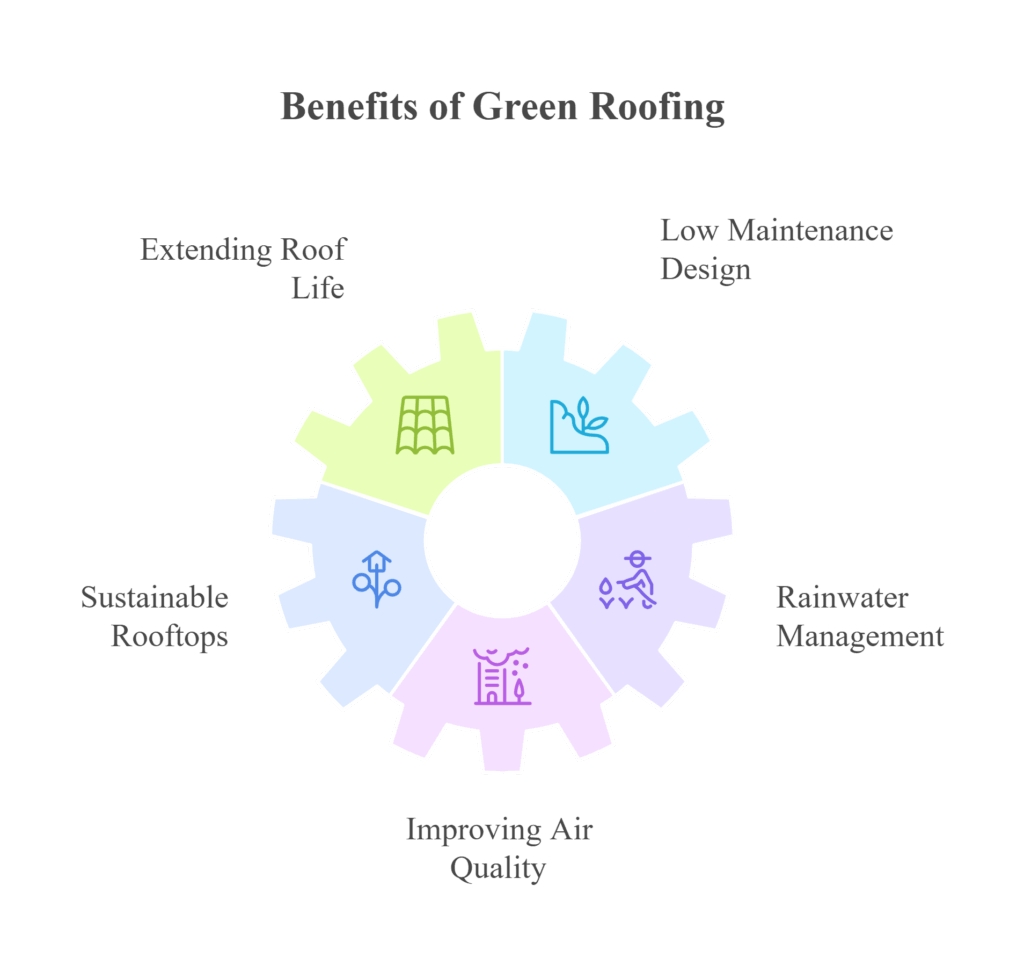
- Effective in Extending Roof Life
One of the most practical benefits of green roofing in modern architecture is its ability to significantly extend the lifespan of a building’s roof. Conventional materials for roofing, like asphalt shingles or standard membranes, are subject to weathering, ultraviolet degradation, and temperature stress that causes cracking, warping, and degradation over time. Green roofs serve as a protective cover and supply an additional layer of insulation. This cover assists in cushioning the underlying roof coverings from severe temperature changes, UV radiation, and mechanical stress due to debris or traffic.
Soil and vegetation on green roofs absorb the effects of rainfall and thermal changes, reducing cycles of expansion and contraction that normally deteriorate roofs. As a result, the roof’s overall durability improves and is likely to double or triple its lifespan. This ability to cover the roof saves in maintenance and replacement costs during the structure’s lifetime, making green roofing a long-term cost-saving investment. In addition, the filtration system offered by plant roots and soil reduces the amount of dirt and pollutants accumulating on the roof, keeping the roof more intact and looking better much longer than traditional systems.
- Low Maintenance Design and Cost Savings
Green roofs are not only effective and durable but also designed with low maintenance in mind, especially the extensive varieties featuring drought-tolerant vegetation. After they have been established, these systems need little watering, fertilization, and pruning due to the adaptation and indigenous plants that are resistant to climatic conditions. Advanced irrigation technology, such as automatic drip irrigation and moisture sensors, optimises water usage and minimises manual intervention even further.
This maintenance-free design translates into long-term cost savings, lowering the recurring expense of repairs, cleaning, and replacement. The synergistic effect of lowered operational expenses and higher property value makes green roofing a wise investment with long-term gains.
- Sustainable and Multifunctional Rooftops
One of the most innovative aspects of green roofing is its ability to transform rooftops into valuable multifunctional spaces. Particularly in dense urban settings where land availability is a limitation, green roofs provide the possibility of developing gardens, playgrounds, urban agriculture, or public social spaces. Such spaces have the potential to drastically improve urban life quality by delivering fresh air, relaxation areas, and neighborhood gardens that enhance health and well-being.
Coupling green roofs with amenities such as seating, walkways, and outdoor kitchens transforms unutilized rooftops into the sought-after living and working spaces. This adds economic value to the property owners as well. While cities keep growing in density, green roofs reconstitute space use, combining sustainability with enhancing lifestyle.
- Managing Rainwater and Reducing Flood Risk
Rainwater management is a critical function of green roofs, especially as climate change leads to increased intensity and frequency of storms. Traditional roofs tend to cause urban flooding as they generate runoff that overwhelms drainage systems. Green roofs relieve this burden by absorbing and holding rainwater, minimising the volume of runoff and slowing the release into drainage systems.
This serves to ease the load on stormwater infrastructure, avoiding urban flooding and erosion. It also contributes to enhanced water quality by filtering out impurities naturally before the water can enter bodies of water. The water held back is used for plant moisture, keeping vegetation lush during times of drought, and is even storable for non-potable applications or greywater plumbing. In a time where cities are looking for sustainable methods to address climate resilience, green roofs are strategic in managing flood risks and conserving water, leading to more adaptive and resilient cities.
- Improving Air Quality and Mitigating Urban Heat
Green roofs significantly improve air quality by acting as filters for airborne pollutants. The vegetation on the roofs absorbs particulate matter, nitrogen oxides, and volatile organic compounds, contributing to cleaner city air. This is especially effective in urban centers where the air is congested with automobile emissions and industrial pollutants.
In addition, green roofs help mitigate the urban heat island effect, where cities are considerably hotter than the rural areas surrounding them. Evaporative cooling by the vegetation on green roofs cools surface temperatures and air temperatures, thereby creating a cool climate. This cooling minimises air conditioning loads in buildings, resulting in reduced energy use and greenhouse gas emissions.
The combined effect of green roofs on air quality and heat mitigation not only enhances environmental health but also public health by minimising heat-related diseases, respiratory ailments, and other illnesses associated with pollution and increased urban temperatures.
Technological Innovations and Material Advancements
The rapid development of construction materials and techniques has driven innovation in green roofing. Modern roofing substrates include lightweight, durable insulation materials that support extensive plantings without adding excessive weight to existing structures. Sophisticated irrigation systems, employing drip and spray technologies, minimize water consumption and maintenance.
Increased demand for drought-resistant and indigenous plants has widened the use of green roofs in various climate regions. Such plant species consume less water and fertilizers, thus increasing the sustainability and maintenance ease of green roofs.
Advances in modular systems enable faster installation and simpler maintenance, providing green roofing for retrofit as well as new construction. Moreover, smart sensors integrated into green roofs track soil moisture, plant vitality, and roof structural soundness to allow for proactive maintenance and optimize benefits.
Challenges and Future Outlook
Existing buildings’ structural constraints limit the weight capacity and dimensions of green roof systems. It is expensive to retrofit older buildings to accommodate extensive green roofs through structural reinforcements.
Water management is still a big issue, particularly in dry areas where conserving water is essential. The initial installation costs of green roofs, although offset by long-term savings, can deter property developers focused on short-term ROI.
Policy and regulatory guidelines are changing, with numerous regions still not having well-defined standards for green roof design, maintenance, and certification. As awareness and technology progress, these barriers are expected to diminish, paving the way for broader adoption.
The future of green roofing in modern architecture is interconnected innovations in sustainable materials, urban microclimate control, and integrated smart systems. By 2030, green roofs are envisioned to be an architectural standard of sustainable urban infrastructure, playing a crucial role in climate resilience and ecological balance.
Conclusion: Green Roofs as a Pillar of Sustainable Architecture
Green roofing stands at the forefront of a paradigm shift toward more responsible and innovative architectural practices. It embodies the principles of sustainability, resilience, and aesthetic appeal, transforming urban environments into healthier, greener spaces. With changing technology and legislation, green roofs will become integral to the construction landscape, influencing how buildings interact with their ecosystem.
Contemporary architecture is no longer solely a matter of designing aesthetically beautiful buildings; it is a matter of creating harmony with the environment and social and economic gain. Green roofs are a prime example of this harmony, being living, breathing parts of the urban landscape that can help combat the impact of climate change, save energy, and improve the health and well-being of communities. The next few years will inevitably witness an exponential increase in their implementation, reinforcing them as integral parts of a sustainable and resilient future.



